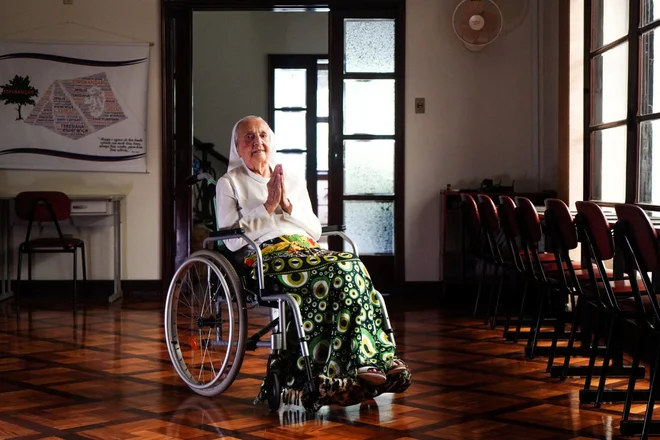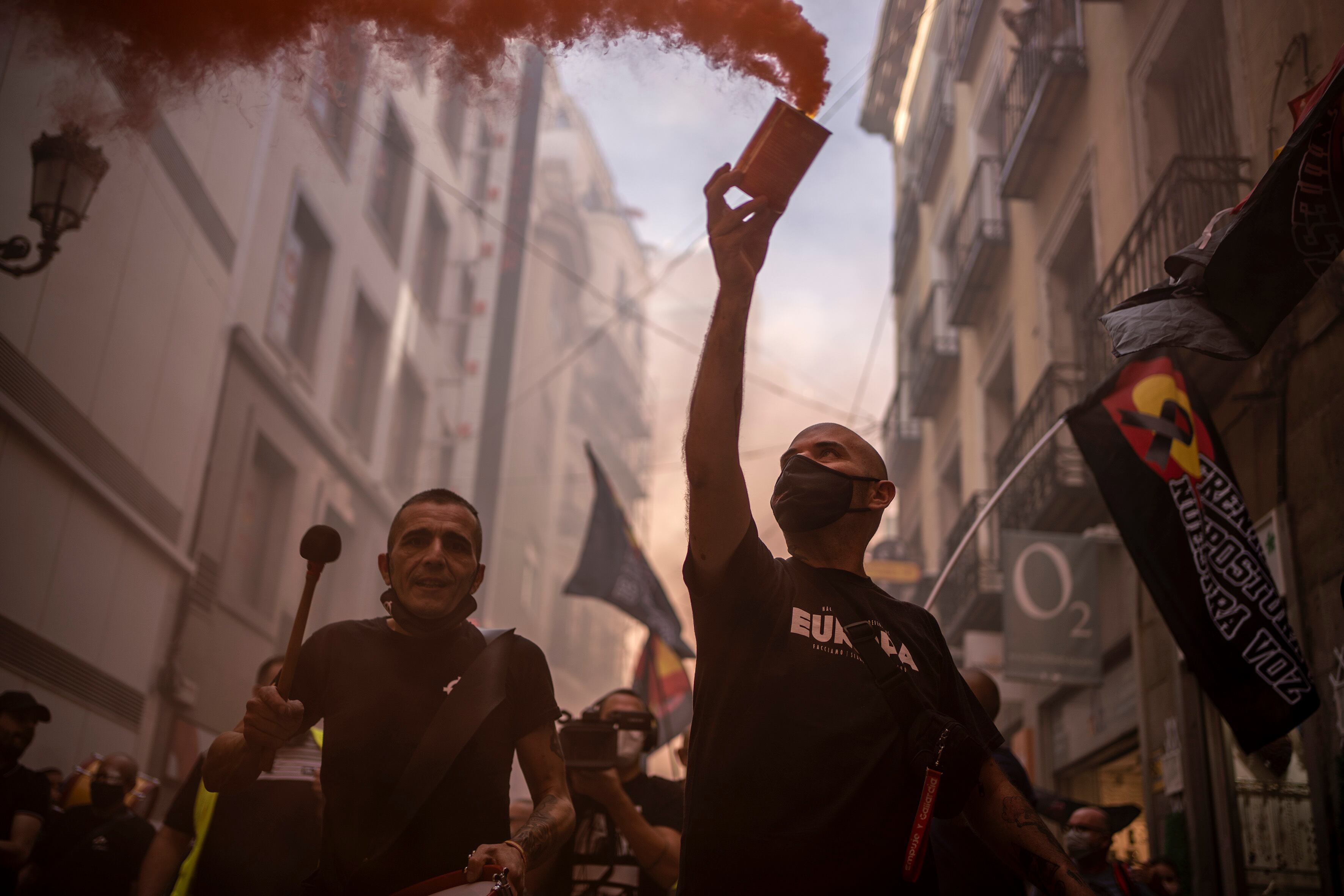Frederick Oak, the last partisan printer
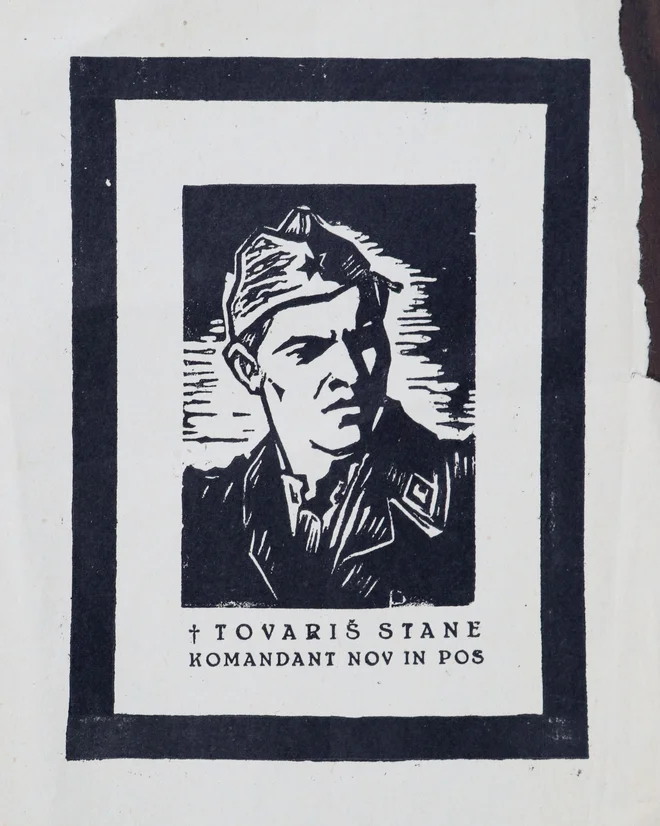
When he retired, he was born in 1928 Frederick Oak became a painter. But he did everything possible in his life. I have experienced all thisis the title of his biography, more than 400 pages of a comprehensive book printed in 2017. He had previously been an economist. Among other things, he was Director of Imos. He was in politics. He worked in the professional services of the federal CK. He was also a criminal, even before that militiaman. He completed his studies at the Faculty of Law during his work. And continued his master’s degree in sociology and political science.
But it was built by World War II. He grew up in Stična. The occupiers sent members of his nationally conscious family for internment. He understood that he had to join the liberation movement, otherwise he would also have a camp. When he went to the partisans at the age of sixteen, they decided to work for the technique in the liberation movement. This meant that his weapon would not be a rifle. His weapon was a printing machine.
A picture printed on the death of Commander Franz Rozman – Stanet. Photo: Marko Feist/Work
He started with auxiliary works. At the Partizanska 15 printing house, which was lying in one of the Kočevski horn sinkholes, there were enough printing masters. There was a lack of sentences, that is, those who stacked the printing letters in texts. Initially, he was assigned the tasks of the numerator, the one who equipped the printed partisan banknotes with numbers.
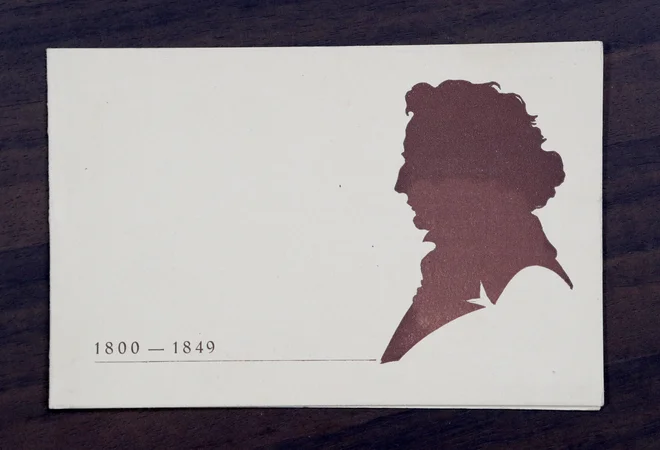
In the oak printing collection, the image of France Prešeren, printed at the announcement of February 8, for the cultural holiday of the Slovenian nation. Photo: Marko Feist/Work
Then he worked on the printing machine. When he arrived, there were 15 more than 40 printers in the partisan. The requirements of the leadership of the national liberation movement were great. The machines were spinning all day and nights. Among other things, he printed a Slovenian rapporteur. And the newspaper Our Army. He printed posters, leaflets, proclaims. Many of this still feeds. For example, say the declaration declaration of 8 February for the cultural holiday of the Slovenian nation.
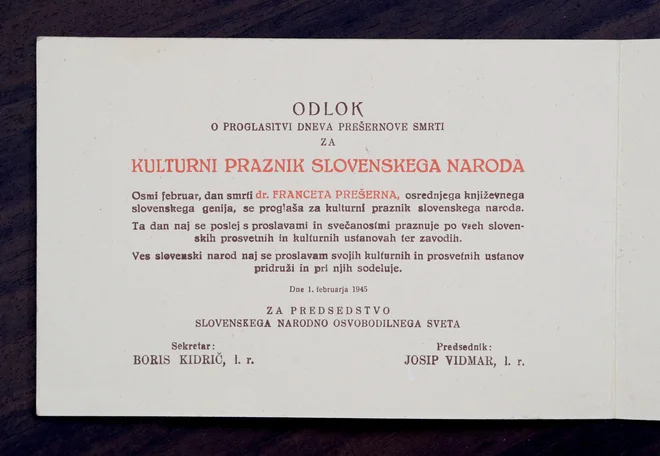
Japis Vidmar and Boris Kidrič are signed under the decision on February 8, a cultural holiday. Photo: Marko Feist/Work
In the fall of 1944, the printing machine damaged his hand. He was patched at the Partisan Hospital Jelendol. Before the end of the war, he continued his printing work in Bela Krajina, but just before his liberation, he retreated to Croatia, because it was threatened that Bela Krajina would turn into a large battlefield when the Nazi forces withdraw from the Balkans.


